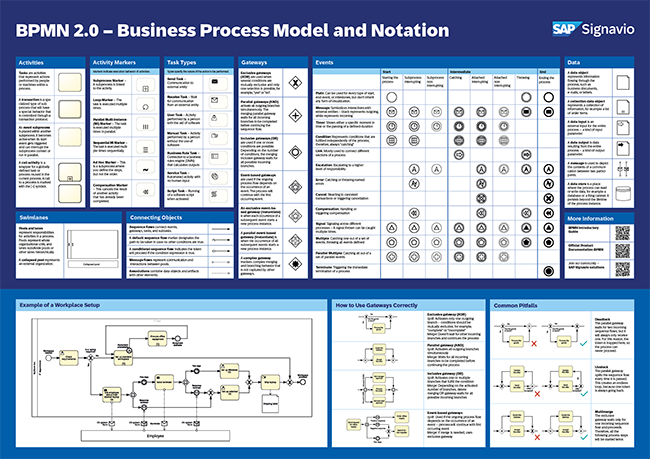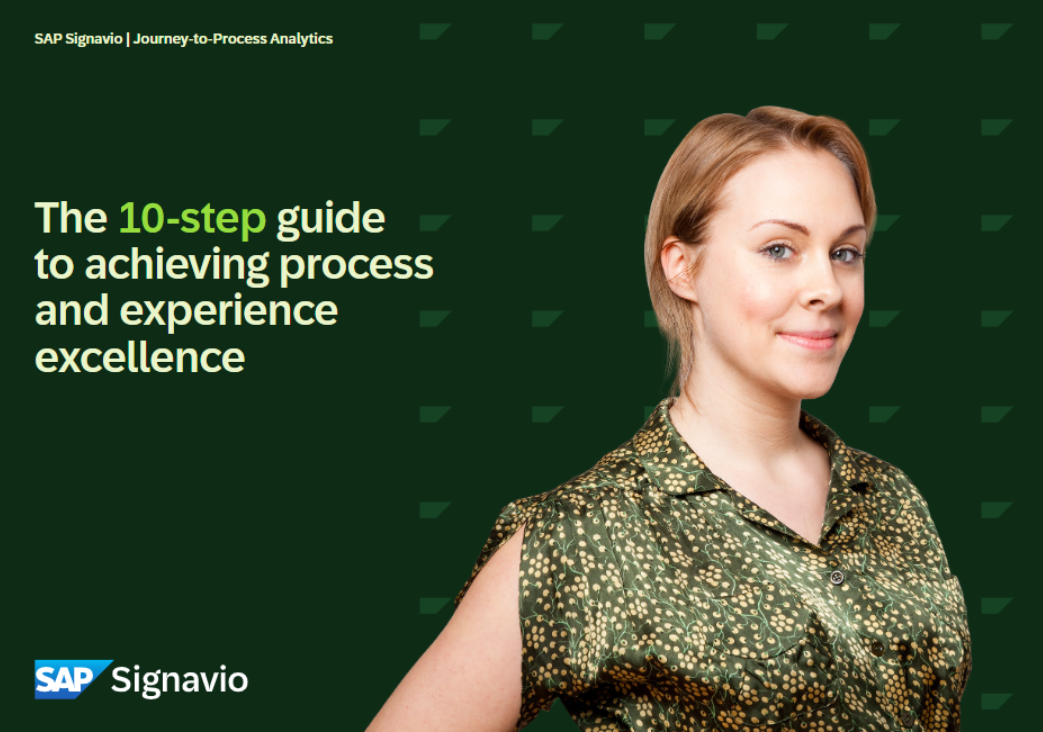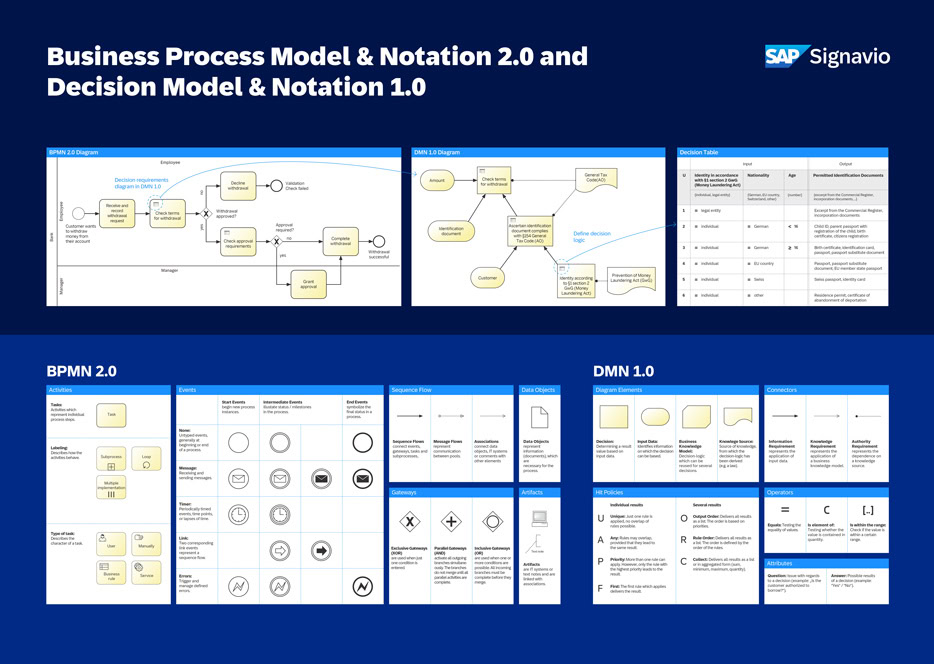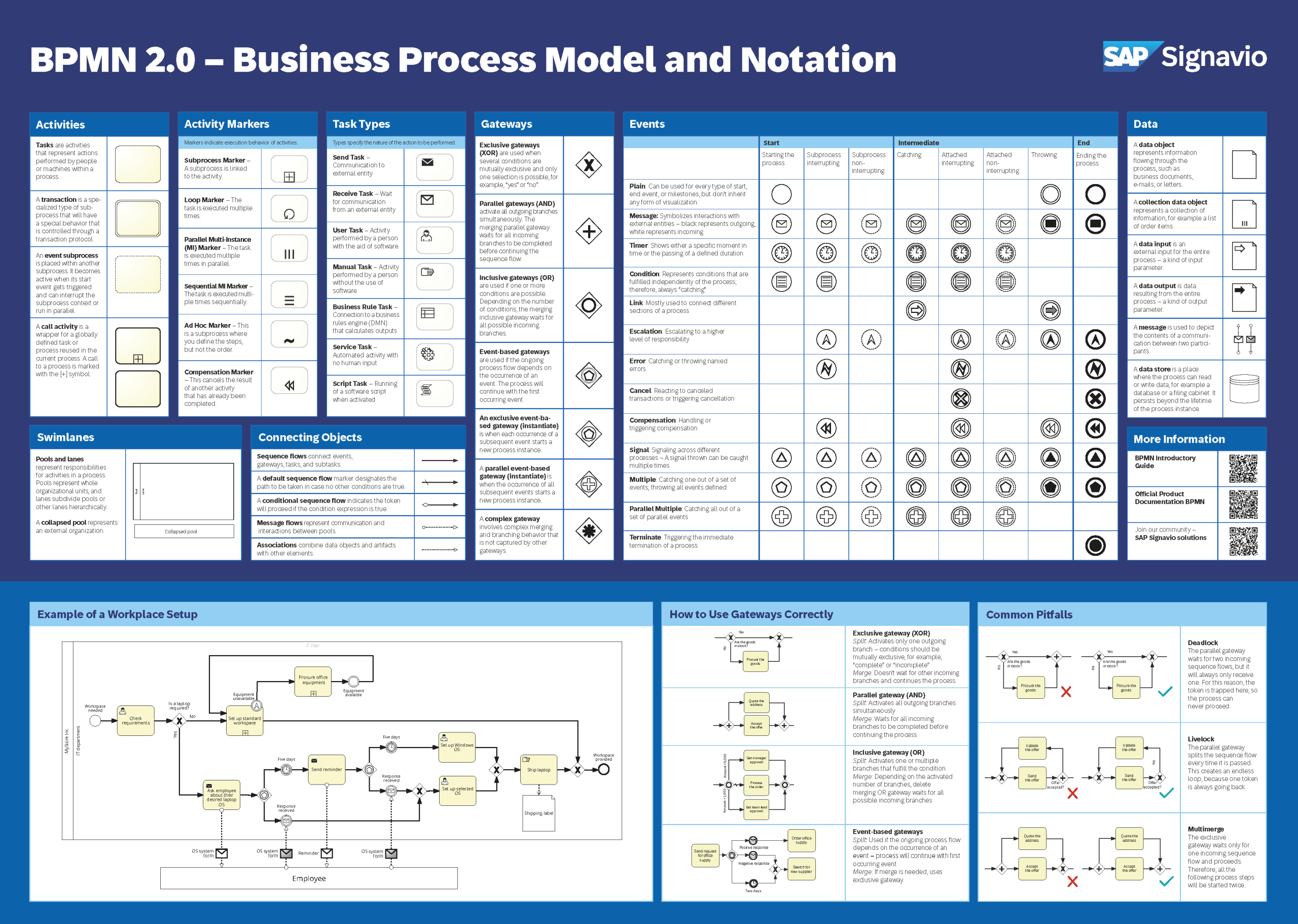How to get started with BPM?
Below are eight practical steps to help organizations implement business process management—from initial discovery to continuous optimization.
1. Clarify your goals and focus areas
Start by defining the strategic goals BPM should support—such as reducing operational costs, improving customer experience, or ensuring regulatory compliance. Clear objectives will guide process prioritization and help align BPM efforts with business outcomes.
You may choose to focus BPM on areas like:
- Customer-facing workflows
- Operational efficiency and automation
- Regulatory or compliance-critical processes
2. Engage stakeholders early
Successful BPM requires collaboration across departments. Identify the key business and technical stakeholders, involve them from the beginning, and communicate the purpose and expected benefits of BPM. Early buy-in helps reduce resistance later and builds momentum.
3. Select the right BPM platform
Modern BPM tools support real-time collaboration, workflow automation, process modeling (e.g., using BPMN), and performance monitoring. Choose a platform that fits your organization’s scale, integrates well with existing systems, and supports your BPM maturity level.
→ Related: Gartner® Magic Quadrant™ for process mining platforms
4. Discover and map current processes
Start by understanding how your processes currently operate. This is the foundation of any BPM initiative. You can approach this using process mapping, process mining, or ideally, a combination of both.
- Process mapping is a collaborative, manual approach where workflows are documented based on stakeholder input, interviews, and existing documentation. It provides a shared understanding of how a process is expected to function, helping teams visualize steps, roles, and decision points.
- Process mining, by contrast, is data-driven. It uses system event logs (e.g., from ERP or CRM platforms) to reconstruct how processes actually run in practice. It reveals real-world variations, hidden bottlenecks, and deviations that mapping may overlook.
Combining both approaches gives you a complete picture: mapping helps align people and expectations, while mining validates those assumptions with actual execution data.
5. Analyze process performance
Once your processes are mapped or mined, analyze them to identify inefficiencies, delays, or risks. Use metrics such as cycle time, cost per transaction, and error rates to quantify issues.
Data analytics and process mining can also help identify root causes and performance gaps, forming a solid basis for process improvement planning.
6. Design future-state processes
Use your findings to design optimized, to-be processes aligned with your business goals. Involve frontline users and process owners to ensure practicality and acceptance.
Model proposed changes using BPM tools and validate them with stakeholders before rollout. Consider automation opportunities where applicable.
7. Implement and communicate changes
Roll out redesigned processes in phases or pilot programs to manage risk and gather early feedback.
Communicate clearly and frequently with all affected teams, provide training and documentation, and support adoption through structured change management. Ensuring transparency and ongoing engagement is key to long-term success.
8. Monitor and optimize continuously
BPM is a continuous discipline. Monitor key performance indicators (KPIs), gather user feedback, and regularly assess outcomes.
Refine processes as conditions change, and establish governance for ongoing process ownership and improvement.
→ Related: A five-stage approach to business transformation.
Best practices
By now, you should have a very good idea of how to implement BPM in your organization. To help you on your way, here is a quick checklist of best practices to keep in mind when you are doing BPM.
- Involve people at all levels early on to build ownership and discover insights that might be missed by leadership alone.
- Keep improvements practical and scalable by aiming for changes that can be sustained and that can grow with your business, or that can be applied in business process outsourcing.
- Use data to guide your decisions, but balance it with qualitative feedback for a fuller picture.
- Encourage open communication and transparency throughout to manage expectations and reduce resistance.
- Leverage technology in a way that ensures it supports processes rather than complicates them.
- Commit to ongoing review and refinement rather than a one-time fix by making continuous improvement part of your culture.
Future trends
The evolution of business process management is now entering an AI-driven phase characterized by machine learning and hyperautomation. AI-powered tools now analyze vast datasets to detect inefficiencies, predict bottlenecks, and automatically implement improvements.
Robotic Process Automation (RPA) is being used to automate workflows by having “software robots” carry out repetitive tasks. All this creates dynamic, self-optimizing systems that adapt in real time for unprecedented continuous improvement of business processes.
Through activities like process mining (which uses event logs to reveal how processes operate), low-code/no-code platforms, and RPA, business users without technical expertise can now design and automate workflows.
This makes the benefits of BPM more accessible than ever to businesses of all sizes that want to achieve better business outcomes without the need for specialists.
Conclusion
The benefits of business process management mean that overcoming any associated challenges is well worth the effort. BPM plays a vital role in systematically improving processes to enhance all operational areas of a business.
To ensure success when you start working with a business process management tool, follow best practices and include all stakeholders in the steps you take toward increasing business automation.





